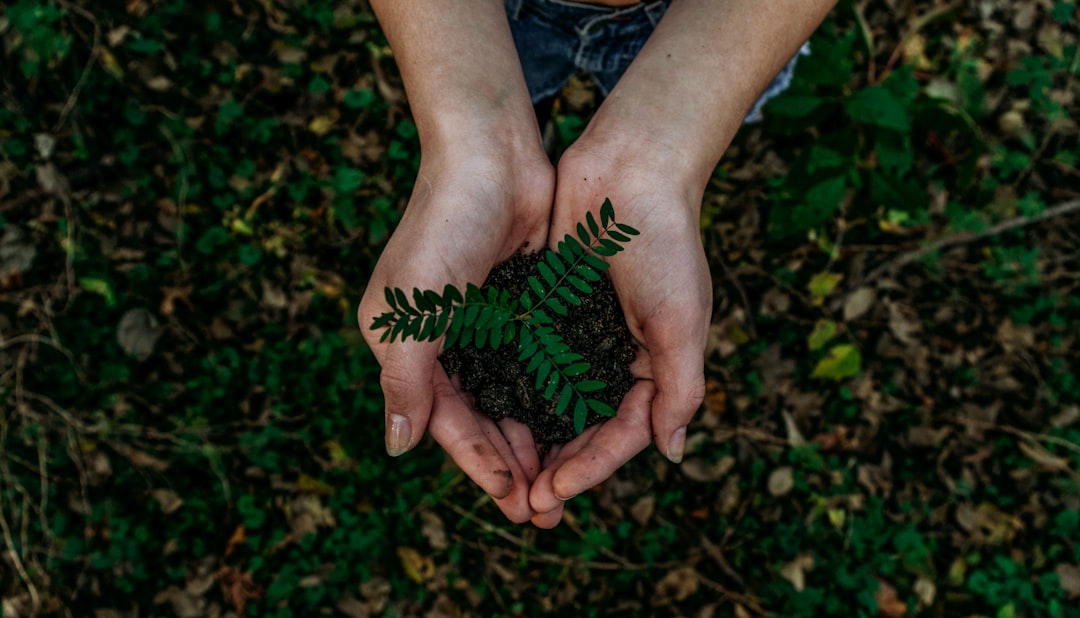Mining geologists are scientists who study the Earth’s rocks, minerals and resources. These professionals work in mines and exploration sites around the world, and have a key role in identifying and extracting valuable minerals.
A mining geologist’s job is demanding and physically challenging. They work in different environments, including underground mines and open-pit mines. They must also be comfortable with operating heavy machinery and working with explosives.
Mining geologists usually work as part of a team that includes engineers, miners, and other professionals. They rely on their skills in geology, mineralogy, and chemistry to identify areas where minerals are likely to be found, and to develop plans for extracting them safely and efficiently.
The first step in the process is to conduct a geological survey of the area. This involves studying the rock formations, soil, and vegetation to determine the geological history of the region. The data collected during this process may include geological maps, soil samples, and rock cores, all of which are analyzed in a laboratory.
After analyzing the geological data, mining geologists use different techniques to search for mineral deposits. One such technique is called geophysical exploration, which uses instruments to measure the Earth’s magnetic and electrical properties to locate areas where mineral deposits may be present.
Once a potential mineral deposit is identified, the mining geologists work with engineers to plan the mining operation. They design the mine layout, including the location of tunnels, shafts, and other infrastructure. They also work with environmental specialists to ensure that the mining operation meets all environmental regulations.
During the mining operation, mining geologists are responsible for monitoring the quality of the ore being extracted. They use various testing methods to determine the percentage of valuable minerals in the rock, and alter the mining process accordingly.
It is critical for mining geologists to understand the characteristics of the mineral deposit. For example, some minerals are concentrated in particular areas, known as ore bodies. Understanding the location and concentration of these ore bodies is essential for mining geologists to ensure that the operation is profitable and efficient.
Mining geologists must also create plans for the safe disposal of waste rock and tailings. Waste rock is simply rock that does not contain valuable minerals and must be removed during the mining process. Tailings are the leftover materials after the valuable minerals have been extracted, which must also be safely disposed of.
Mining geology is a dynamic field that is constantly evolving. New technologies, such as remote sensing and three-dimensional modeling, are being developed to improve mineral exploration and extraction. These advances are allowing mining geologists to explore deeper and further into the Earth’s crust to find new deposits of valuable minerals.
Mining geologists play a critical role in identifying and extracting valuable mineral resources. Their work involves a wide range of skills, from geological surveying to designing mining operations, and monitoring the quality of the minerals being extracted. The contributions of mining geologists are essential for the success of any mining operation.











